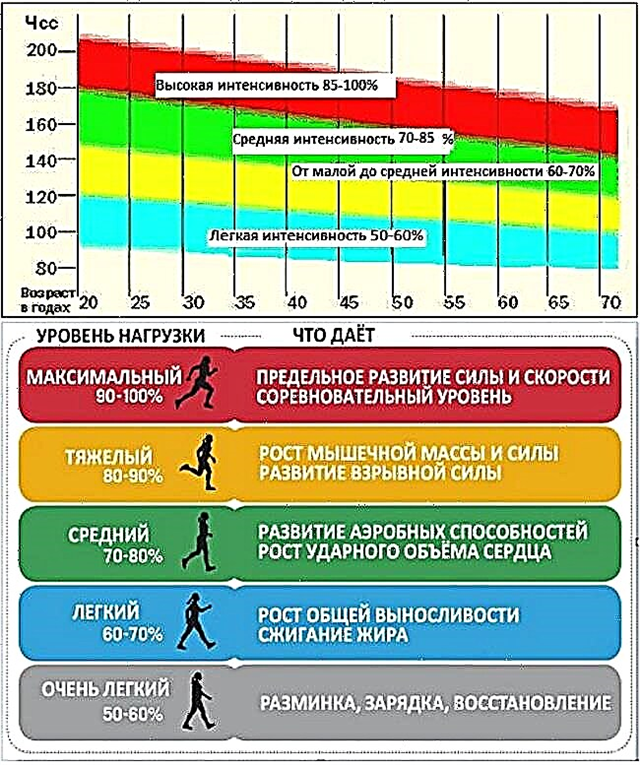Removal of tonsils (tonsillectomy) is used in otolaryngology to eliminate chronic foci of inflammation in the oropharynx and prevent post-infectious complications. Surgical intervention involves excision of lymphadenoid formations together with a connective tissue (amygdala) capsule.
 Timely surgical treatment allows you to stop catarrhal processes in the pharyngeal mucosa, which prevents the occurrence of paratonsillar abscess and systemic diseases. Tonsillectomy is used only in cases where drug treatment of infectious pathologies does not give the necessary results. Direct indications for cutting out the tonsils (tonsils) are hypertrophic and chronic tonsillitis, myocarditis and pyelonephritis, meningitis and rheumatism, etc. Delayed elimination of inflammation foci provokes intoxication of the body, which creates additional stress on the heart, kidneys and joints.
Timely surgical treatment allows you to stop catarrhal processes in the pharyngeal mucosa, which prevents the occurrence of paratonsillar abscess and systemic diseases. Tonsillectomy is used only in cases where drug treatment of infectious pathologies does not give the necessary results. Direct indications for cutting out the tonsils (tonsils) are hypertrophic and chronic tonsillitis, myocarditis and pyelonephritis, meningitis and rheumatism, etc. Delayed elimination of inflammation foci provokes intoxication of the body, which creates additional stress on the heart, kidneys and joints.
Types of tonsillectomy
How are tonsils removed - how are tonsils removed in adults? Modern surgery has a wide range of tonsillectomy methods, which are fundamentally different from each other. The choice of a suitable method for removing lymphoid formations is determined by a specialist and largely depends on the extent of the foci of inflammation, the presence of complications, the age and history of the patient.
The most common methods for removing the tonsils are:
- extracapsular tonsillectomy - mechanical excision of the tonsils with a scalpel and a metal loop; used to open purulent abscesses and infiltrates;
- cryodestruction - cauterization of the tonsils with liquid nitrogen, which provokes necrotization of the lymphoid tissues affected by inflammation;
- electrocoagulation - cutting out the tonsils with high-frequency electric currents; anemic surgery often leads to the formation of thermal burns and, accordingly, tissue necrosis;
- ultrasound ectomy - the separation of lymphoid tissues from the mucous membrane of the oropharynx by means of high-frequency sound vibrations;
- radiofrequency ablation - partial removal of the tonsils with a radio wave "knife" with minimal postoperative consequences; it is used, as a rule, to reduce the size of hypertrophied tonsils;
- thermal welding - excision of the areas of the glands affected by inflammation with an infrared laser under local anesthesia;
- vaporization - destruction of soft tissues with a carbon laser with minimal heating of adjacent tissues;
- removal with a microdebrider - ectomy of soft tissues with a device with a rotating blade (microdebrider);
- bipolar coblation - removal of the tonsils with radiofrequency energy converted into ionic dissociation.
 Mechanical excision of the palatine tonsils is used, as a rule, in the presence of diffuse inflammation in the mucous membrane of the oropharynx and the occurrence of a pharyngeal abscess. The operation is performed under general anesthesia and is characterized by the removal of not only paired organs, but also peri-rectal tissue. After the procedure, patients often complain of severe sore throat, tissue edema and a long rehabilitation period.
Mechanical excision of the palatine tonsils is used, as a rule, in the presence of diffuse inflammation in the mucous membrane of the oropharynx and the occurrence of a pharyngeal abscess. The operation is performed under general anesthesia and is characterized by the removal of not only paired organs, but also peri-rectal tissue. After the procedure, patients often complain of severe sore throat, tissue edema and a long rehabilitation period.
In the absence of serious complications or partial damage to the tonsils, tonsillotomy is performed, i.e. partial removal of tonsils.
Surgical treatment is carried out using vaporization, radiofrequency ablation, cryodestruction, or thermal welding. Before the procedure, the removed tissue site is treated with a local anesthetic, which prevents the occurrence of pain and severe edema in the operated amygdala.
Preparing for surgery
Preparation for surgery occurs on an outpatient basis approximately 2-3 weeks before the decision to perform tonsillectomy is made. How are tonsils removed? The method of excision of the tonsils is determined only after studying the results of the analysis and the data of the patient's anamnesis. Not all patients tolerate general anesthesia equally well, which should be taken into account.
To prevent complications, the patient must pass the following tests before the operation:
- coagulogram - allows you to determine the rate of blood coagulation;
- general blood test - shows the concentration of neutrophils and red blood cells in the blood, so you can find out the prevalence of infectious processes in the body;
- general urine analysis - gives an idea of the physicochemical characteristics of urine, the functioning of the detoxification organs, the concentration of proteins and hemoglobin.
After examining the tests, the specialist can determine the likelihood of delayed bleeding, hematomas and other complications. If necessary, the patient is prescribed coagulants and hemostatics in advance, which contribute to the thrombosis of large and small vessels in the operated tissues.
Important! An overdose of coagulants can cause anaphylactic shock.
Features of tonsillectomy
 How are tonsils removed? Depending on the chosen method of excision of the tonsils, the operation is performed under local or general anesthesia.
How are tonsils removed? Depending on the chosen method of excision of the tonsils, the operation is performed under local or general anesthesia.
In the absence of serious contraindications, anesthesiologists perform general anesthesia, which prevents the patient from stressing during surgical procedures.
Operation progress:
- the anesthesiologist does general anesthesia or numb the throat with local drugs;
- using a scalpel, microdebrider, laser or ultrasound apparatus, the surgeon excises the tonsils;
- if necessary, the damaged vessels are cauterized with electric current (electrocoagulation) to prevent blood loss;
- the operated patient is placed on his side, placing an ice bag on his neck.
Mucus and blood are spit out within 3-4 hours after surgery to prevent aspiration and pulmonary complications.
Failure to comply with the rules of the rehabilitation program can lead to the development of severe complications, in particular, septic inflammation of the operated tissues. To prevent the development of infection, the patient should take broad-spectrum antibiotics for 1-2 weeks.
Contraindications
Surgery is more difficult for adults than for preschool children. This is largely due to the presence of chronic diseases and a slowdown in metabolic processes, which negatively affects the speed of regeneration processes. Direct contraindications for surgical treatment are:
- oncological diseases;
- active tuberculosis;
- pulmonary pathology;
- blood diseases (leukemia, hemophilia);
- diabetes;
- exacerbation of chronic diseases;
- bone marrow pathology;
- cardiovascular disease;
- gestation period;
- respiratory diseases.
 Removal of the tonsils leads to a decrease in the reactivity of the body, which increases the risk of developing infectious diseases such as pneumonia, bronchitis, pharyngitis, etc.
Removal of the tonsils leads to a decrease in the reactivity of the body, which increases the risk of developing infectious diseases such as pneumonia, bronchitis, pharyngitis, etc.
Partial resection of lymphoid tissues contributes to the preservation of the functions of the palatine tonsils, which are involved in the synthesis of immunoglobulin. That is why otolaryngologists recommend not delaying a visit to a specialist with the development of chronic inflammation, which can result in generalization of pathological processes.



